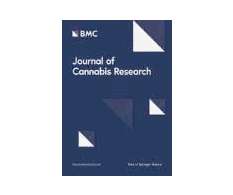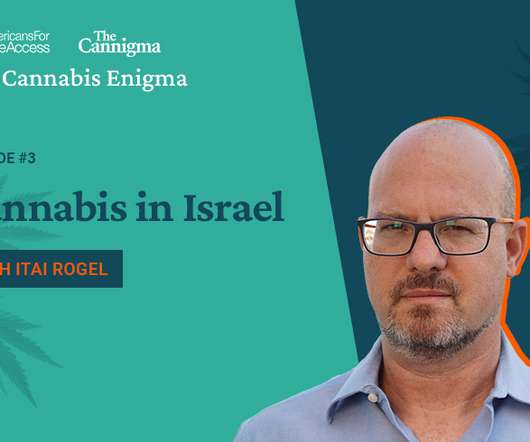Perfecting cannabis with Michael Backes
The Cannigma
APRIL 7, 2022
I mean, it’s really interesting to see a lot of these sativas out there. I think that terpenes it’s probably less pharmacological than we think and it’s classically associated with a lot of sativas. So you look at these studies on CBD and epilepsy, I mean they’re not taking ten milligrams.











Let's personalize your content